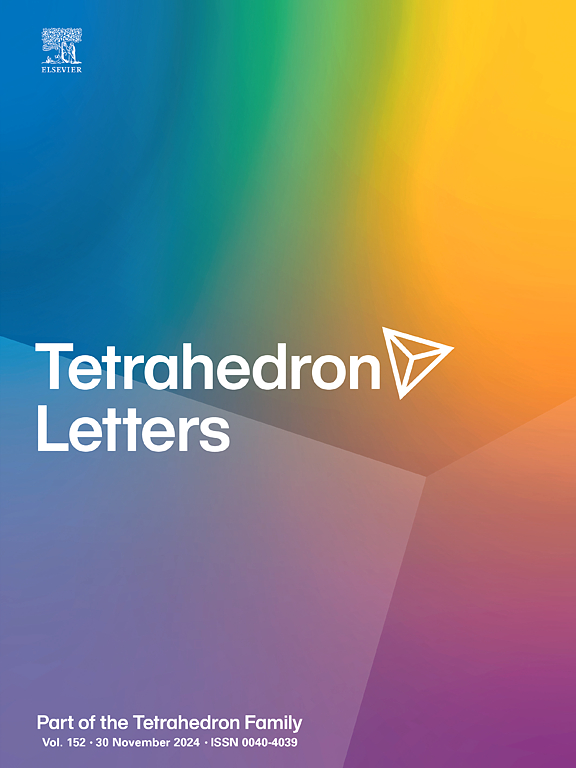对虾尸体碱特异检测的高灵敏度开启荧光探针
IF 1.5
4区 化学
Q3 CHEMISTRY, ORGANIC
引用次数: 0
摘要
研制了一种具有异佛尔酮骨架的有机小分子荧光探针SWJT-36,用于对虾腐败标志物尸胺(Cad)的特异性检测。反应后的溶液在可见光照射下呈现出明显的颜色变化,由淡黄色变为深琥珀色,并伴有强烈的红色荧光发射。其中SWJT-36对Cad的选择性高,检出限低(2.655 μM),响应速度快(t1/2 = 13.8 min)。质谱法测定了SWJT-36与Cad的反应机理。SWJT-36可制成便携式检测条,用于检测Cad,从而检测虾的新鲜度。本文章由计算机程序翻译,如有差异,请以英文原文为准。

Highly sensitive turn-on fluorescent probe for the specific detection of cadaverine in shrimp
An organic small-molecule fluorescent probe SWJT-36 with an isophorone backbone for the specific detection of cadaverine (Cad), a shrimp spoilage marker, was developed. After the reaction the solution exhibited a distinct color change from pale yellow to deep amber under visible light irradiation, accompanied by intense red fluorescence emission. Particularly, SWJT-36 exhibited high selectivity, low detection limit (2.655 μM), and fast response (t1/2 = 13.8 min) for Cad. The reaction mechanism of SWJT-36 and Cad was determined by mass spectrometry. And SWJT-36 could be made into portable test strips that could detect Cad, thereby detecting the freshness of shrimp.
求助全文
通过发布文献求助,成功后即可免费获取论文全文。
去求助
来源期刊

Tetrahedron Letters
化学-有机化学
CiteScore
3.50
自引率
5.60%
发文量
521
审稿时长
28 days
期刊介绍:
Tetrahedron Letters provides maximum dissemination of outstanding developments in organic chemistry. The journal is published weekly and covers developments in techniques, structures, methods and conclusions in experimental and theoretical organic chemistry. Rapid publication of timely and significant research results enables researchers from all over the world to transmit quickly their new contributions to large, international audiences.
 求助内容:
求助内容: 应助结果提醒方式:
应助结果提醒方式:


